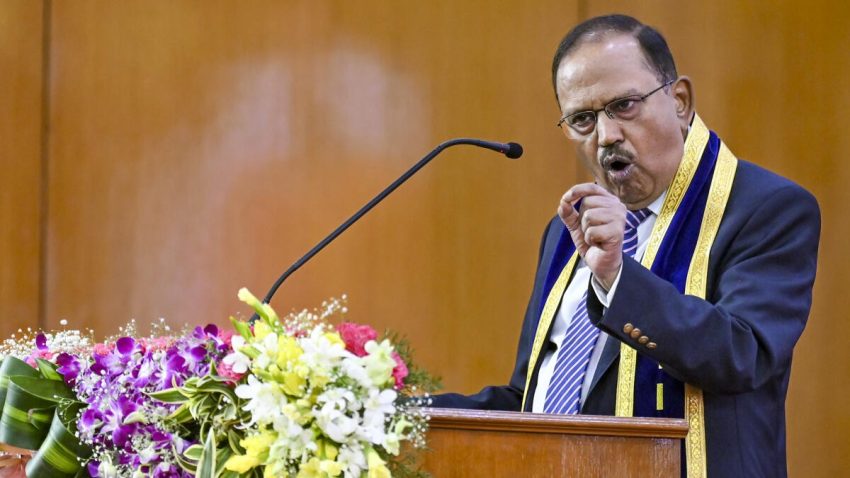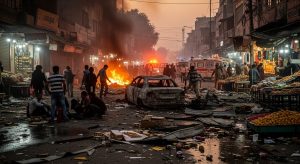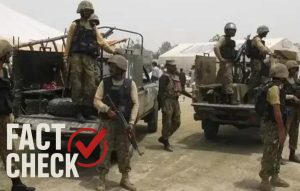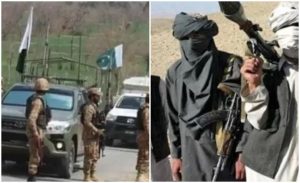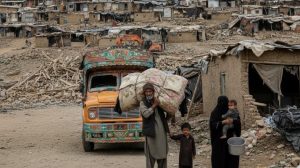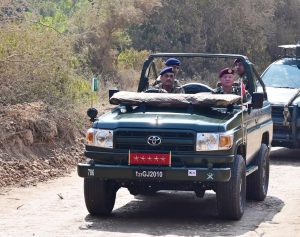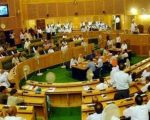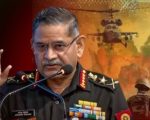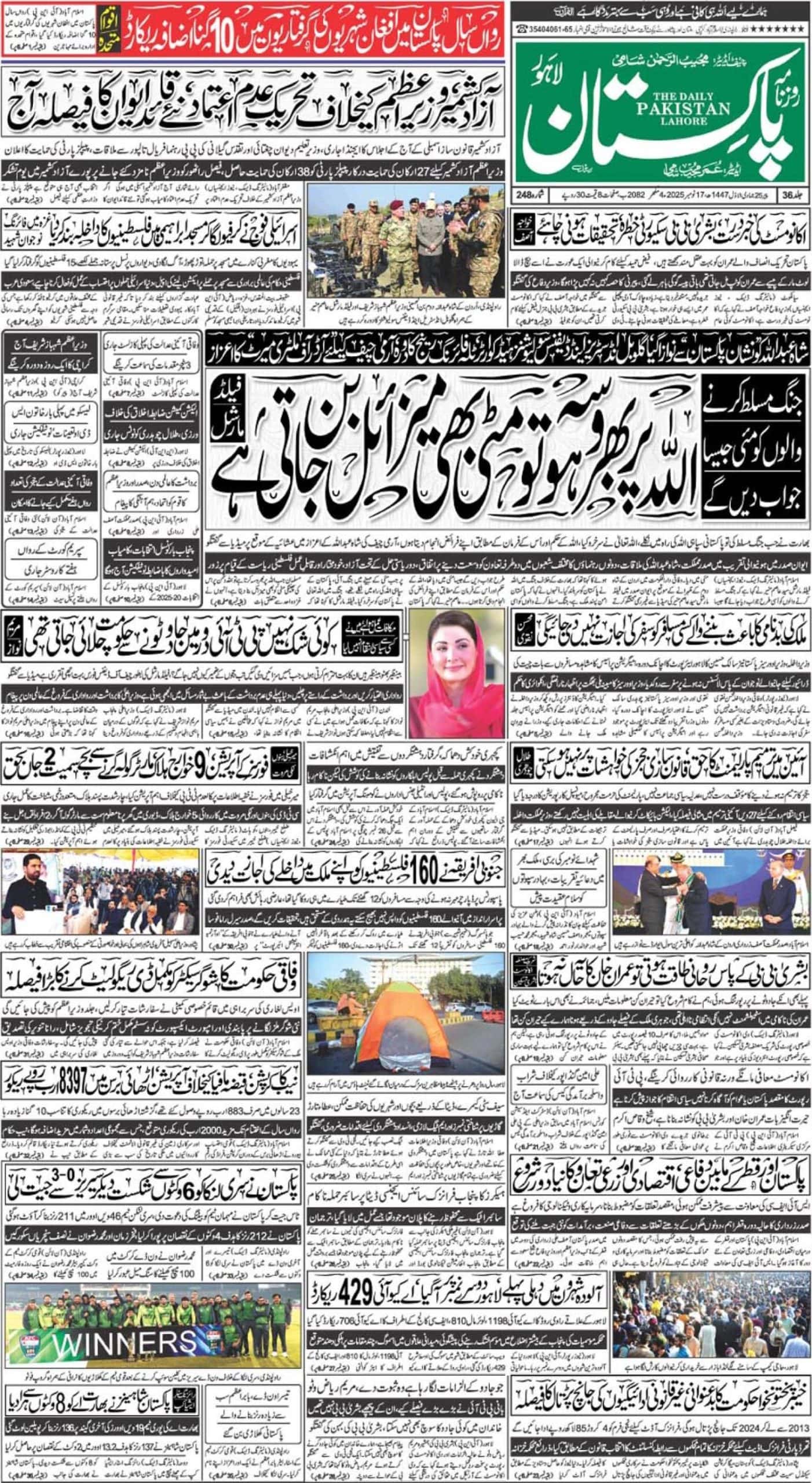The air in the IIT Madras lecture hall was cool and sterile on July 11, 2025. At the podium stood Ajit Doval, a man for whom truth had long been a malleable commodity. He looked out at a sea of young, trusting faces—not as the future to be protected, but as a blank slate onto which he could impose the state’s narrative.
He didn’t build a fortress of words to shelter them; he built a prison, walling them off from the inconvenient reality flickering on screens just outside the hall. With the chilling arrogance of a man who believes he owns the truth, he decreed a version of “Operation Sindoor” scrubbed clean of failure, demanding their belief as a matter of patriotic duty.
This carefully crafted truth was a shield. He held it up against the grainy, chaotic reality that flickered on a billion smartphone screens. For these students, whose lives were mapped out in code and equations, the messy, visceral truth of reprisal—of fire and impact—was a vulnerability he felt compelled to hide. In his mind, he wasn’t simply denying a fact; he was performing an act of national service, absorbing the impact himself so that the generation before him could continue to believe they were untouchable.
“There isn’t a single photograph that shows any Indian damage… Not even a broken glass pane,” Doval declared.
This statement is not merely a political spin; it is a brazen fabrication designed to erect a fortress of denial around a humiliating truth: India’s aggression was met with a swift, decisive, and punishing response from Pakistan, a counter-offensive that exposed critical vulnerabilities in India’s much-vaunted military apparatus. While Doval challenges the world to “show me one photo,” he conveniently ignores the mountain of evidence that invalidates his every word.
The question is not whether evidence exists, but why India has chosen institutional blindness over accountability.
A Tale of Two Operations: India’s Myth vs. Pakistan’s Reality
India’s narrative, eagerly amplified by a jingoistic domestic media, speaks of a “precise” and flawless strike. This tale of surgical brilliance, however, conveniently omits the chapter that followed. While India was busy celebrating its supposed victory, Pakistan was executing a meticulously planned retaliatory strike.
Let us be clear: smoke was not rising from near the Udhampur Air Base by accident. The emergency alerts that echoed across northern India were not false alarms. The satellite images, scrutinised by international and Pakistani analysts, that show damage to Indian military infrastructure are not doctored illusions. While India’s government-controlled media was busy broadcasting self-congratulatory loops, Pakistan’s response effectively targeted key Indian military assets.
This was not a rash or indiscriminate reaction; it was a calibrated demonstration of Pakistan’s capability and will to impose a cost. The shutdown of Indian airbases and the scramble of emergency services were not signs of a nation on high alert, but of a nation that had been caught off-guard and hit where it hurts. The Glaring Hypocrisy of a “Managed” War
In the same speech, Doval took aim at The New York Times and other foreign press, accusing them of biased reporting. The irony is staggering. On one hand, India expects the world to blindly accept its version of events without a single shred of independent verification. On the other hand, it dismisses the exhaustive, multi-source evidence of Pakistan’s counter-strikes as propaganda.
This is the classic hallmark of a state engaged in information warfare: laud the media that parrots your narrative and condemn any outlet that dares to question it. Isn’t it telling that while Doval decries “media management” from abroad, the Indian media itself has conveniently ignored the aftermath on its own soil? Where are the investigative reports from Indian journalists at the sites of alleged Pakistani strikes? The silence is deafening and speaks volumes about the level of state control over information.
This double standard is insulting not only to Pakistan but to the international community. India presents its claims as gospel while treating Pakistan’s visual and third-party-supported evidence with contempt.
Denial is Not a Strategy; It is a Confession of Weakness
In the harsh light of reality, truth is resilient. Doval’s attempt to shape public memory by simply denying the existence of contrary evidence is a strategy doomed to fail. The hundreds of images and videos circulating online, coupled with reports from impartial analysts, form a compelling mosaic of truth that no amount of official denial can erase.
The real question isn’t one of geopolitics; it’s the one whispered between friends and family, the one you ask yourself scrolling through your phone late at night: “If everything is fine, then why do these pictures exist?” Some will believe the crisp, official statements. They will trust the voices of authority that say a lie, told with enough confidence, can feel like the truth. But for others, a different story lingers—a story they felt more than heard. It’s in the memory of smoke staining a familiar horizon over Udhampur, the chilling sound of jets tearing through the afternoon sky, and the strange, heavy silence from the news channels where there should have been answers.
The world has watched. The evidence has been presented. Doval’s challenge to “show one photo” has been answered a hundred times over. His continued denial is not a projection of strength, but a clear reflection of an establishment struggling to come to terms with the fact that its military adventurism was met with a strength and resolve it fundamentally underestimated. Accountability, not denial, is the true measure of a nation’s power.

